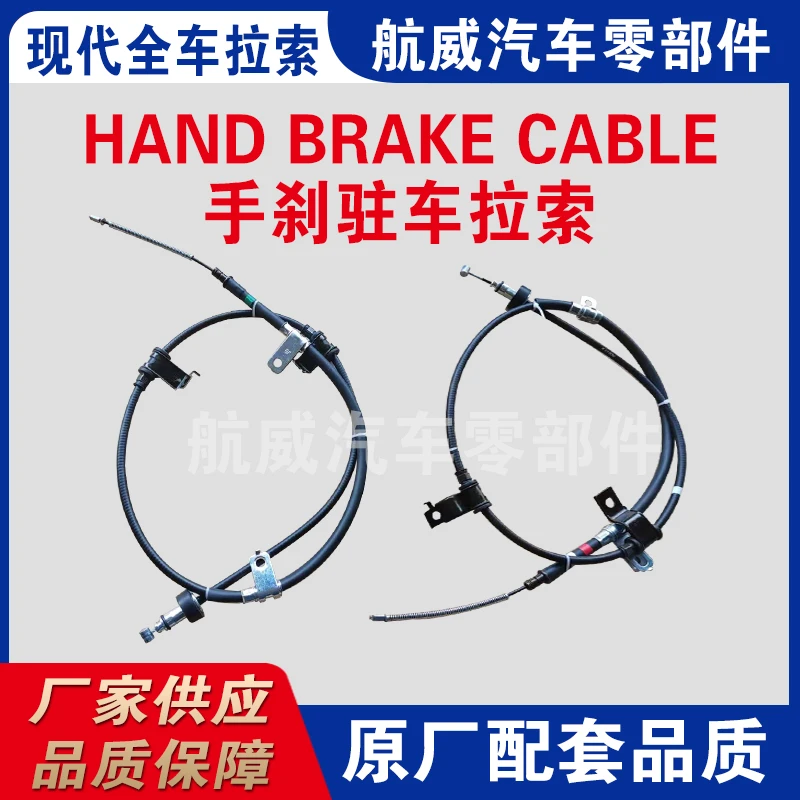throttle cable linkage
Understanding Throttle Cable Linkage An Essential Component in Engine Performance
Throttle cable linkage is a vital component in the operation of internal combustion engines, particularly in automotive applications. It connects the accelerator pedal to the throttle body, transferring the driver's intent to the engine in a seamless manner. This mechanical link plays a crucial role in how well an engine responds to acceleration requests, impacting not only performance but also fuel efficiency and drivability.
What is Throttle Cable Linkage?
Throttle cable linkage consists of a cable, various pulleys, and sometimes additional levers that work together to facilitate the opening and closing of the throttle plate in the engine's throttle body. When the driver presses the accelerator pedal, the cable pulls on a lever connected to the throttle plate, which opens or closes depending on the input. This process allows air to enter the engine, mixing with fuel to create the necessary combustion for power.
In older vehicles, throttle cable systems were predominantly mechanical. However, the shift towards electronic throttle control (ETC) has changed the landscape in modern automotive design. In ETC systems, the connection between the accelerator pedal and the throttle body is managed by electronic sensors and actuators, eliminating the need for a physical cable.
The Functionality of Throttle Cable Linkage
The functionality of throttle cable linkage is straightforward yet crucial. As the driver accelerates and depresses the pedal, the tension on the cable increases. This tension translates to a movement that opens the throttle plate, allowing more air into the engine. Consequently, this increase in airflow necessitates a proportional increase in fuel delivery to maintain the air-fuel mixture required for optimal combustion.
The efficiency of this system is contingent upon several factors, including the quality of the cable, the condition of the pulleys, and the alignment of the components. A frayed or stretched cable can lead to delayed throttle response, resulting in a lag between driver input and engine response. Conversely, a well-maintained throttle cable promotes a crisp and immediate reaction, enhancing the overall driving experience.
Common Issues with Throttle Cable Linkage
Like any mechanical system, throttle cable linkage is susceptible to wear and tear. Some common issues that may arise include
throttle cable linkage

2. Increased Slack As cables stretch, slack can develop, causing delayed response times when the accelerator is pressed.
3. Binding or Sticking Dirt and debris can accumulate in the cable housing or around pulleys, leading to binding that prevents smooth operation.
4. Misalignment Components that are misaligned can cause uneven wear or excessive strain on the cable, leading to premature failure.
To mitigate these issues, routine inspections and maintenance of the throttle cable and its associated components are essential. Regular lubrication of the cable, cleaning of pulleys, and ensuring proper alignment can prolong the life of the throttle linkage and ensure reliable performance.
Transition to Electronic Throttle Control
The advent of electronic throttle control has transformed the throttle linkage landscape. With the ETC system, traditional cables are replaced with electronic sensors that provide real-time feedback to the engine control unit (ECU). This transition offers several advantages, including
- Increased Precision Electronic systems allow for more precise control of the throttle, improving response times and overall performance.
- Adaptive Driving Experience ETC can adapt to various driving conditions, offering different throttle responses based on factors such as traction control and stability management.
- Enhanced Fuel Efficiency By optimizing the air-fuel ratio based on real-time data, electronic systems can contribute to better fuel economy.
Conclusion
Throttle cable linkage, while often overlooked, plays an integral role in the performance of vehicles. By transmitting the driver's input to the engine, it contributes significantly to the overall driving experience. As technology advances and more vehicles adopt electronic systems, understanding the principles of throttle linkage remains crucial for both mechanics and enthusiasts alike. Whether through traditional mechanical methods or advanced electronic controls, the effective management of throttle response will continue to be a fundamental aspect of automotive engineering.
-
Workings of Clutch Pipe and Hose SystemsNewsJun.04,2025
-
The Inner Workings of Hand Brake Cable SystemsNewsJun.04,2025
-
The Secrets of Throttle and Accelerator CablesNewsJun.04,2025
-
The Hidden Lifeline of Your Transmission Gear Shift CablesNewsJun.04,2025
-
Demystifying Gear Cables and Shift LinkagesNewsJun.04,2025
-
Decoding Clutch Line Systems A Comprehensive GuideNewsJun.04,2025
